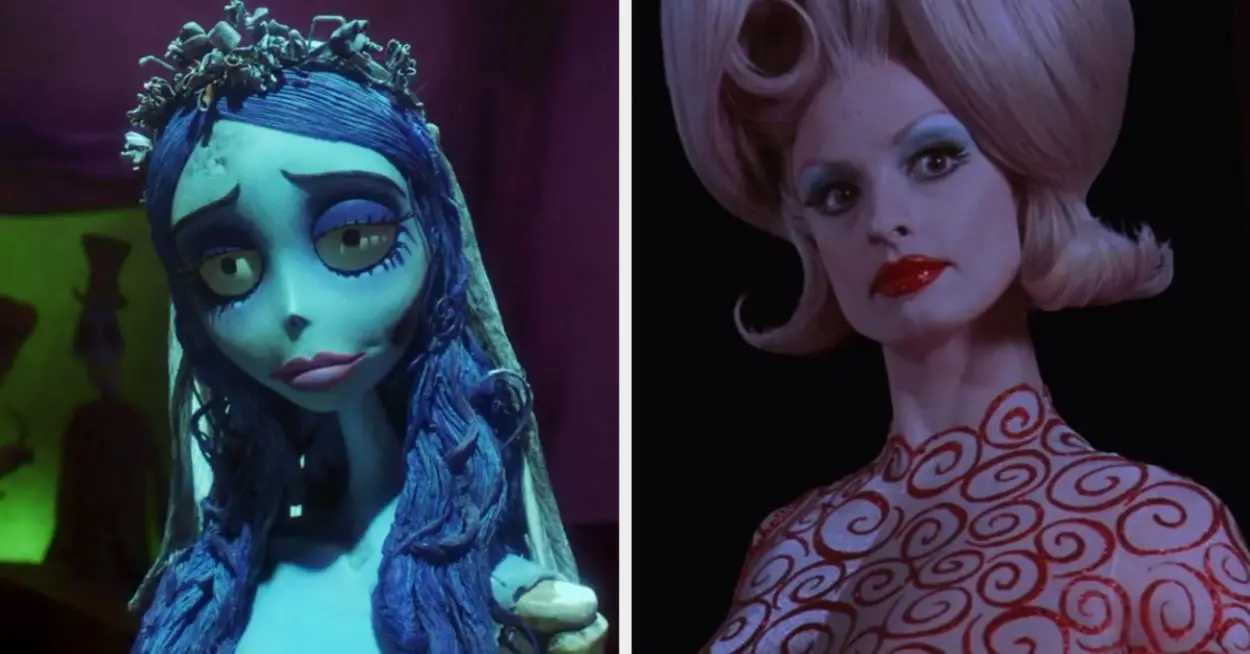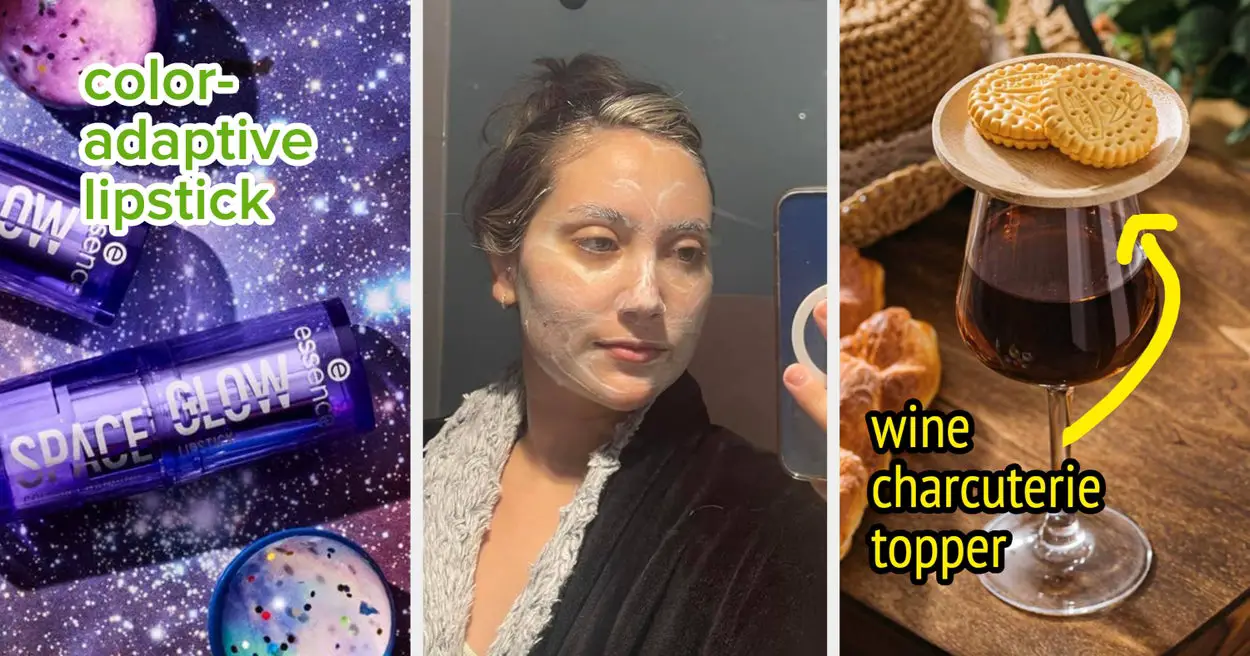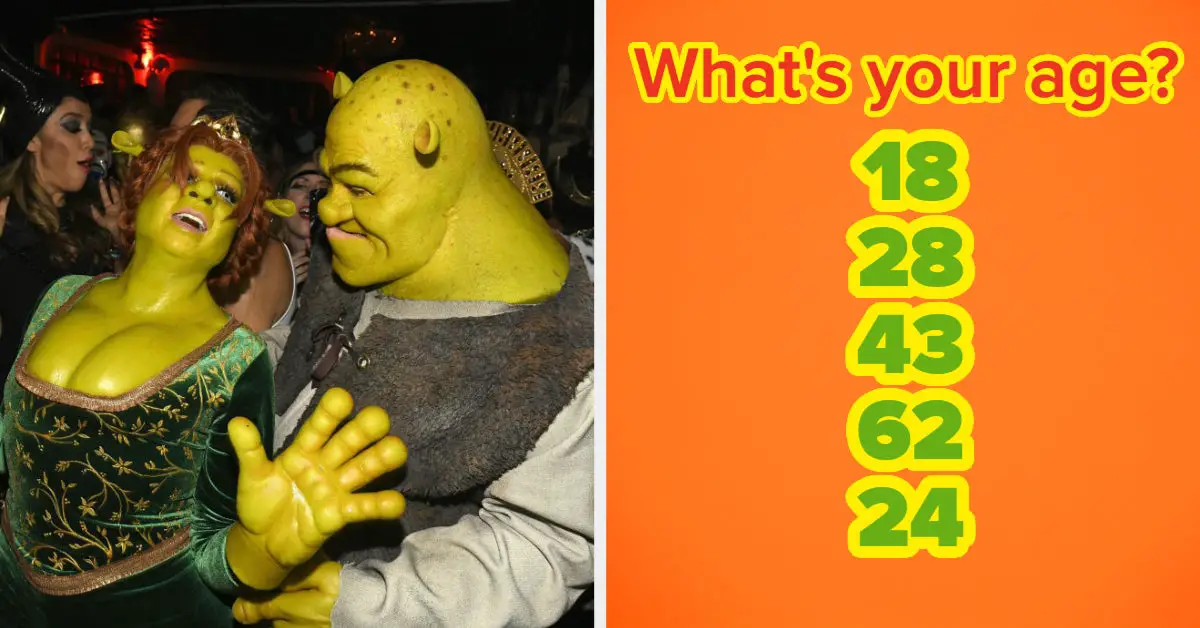Donations Make us online
Connect with top gaming leaders in Los Angeles at GamesBeat Summit 2023 this May 22-23. Register here.
The way younger generations are consuming media is changing, as evidenced by the rise of user-generated content in games, watching shows on the run, and the popularity of video game adaptations into movies and film, according to Deloitte.
(The game adaptation trend is a big theme of our GamesBeat Summit 2023 event. You can use this code GBSDEANNEWS for a 40% discount).
Deloitte captured those trends in its 17th annual Digital Media Trends survey. It said young people look to user-generated content and games to find value, meaning and personal fulfillment. They use media via a personalized tapestry of immersive, social and vibrant experiences. By taking note of these trends, I think that the bigger companies can come up with their development and acquisition strategies.
The report said that watching TV shows and movies at home is no longer the dominant, “go-to” activity it once was — especially with younger generations that are more evenly dividing their entertainment time across TV shows and movies, user-generated content (UGC) on social media services, and video games. They seek entertainment, connection, immersion and utility. While I’m not in this demographic, I have been listening to audio books on the go and I binge-watch a lot of shows and play games on the treadmill at the gym.
Event
GamesBeat Summit 2023
Join the GamesBeat community in Los Angeles this May 22-23. You’ll hear from the brightest minds within the gaming industry to share their updates on the latest developments.
The personalized tapestry
I like this idea of a tapestry. Deloitte said that digital media are weaving together. More than half of consumers surveyed — and nearly three- quarters of Gen Zs and Millennials — often watch a TV show or movie on a streaming video service after hearing about it on social media. More than half of younger gamers decided to play a specific video game after watching a certain TV show or movie. About 45% of gamers said they want to play games based on their favorite movies and TV shows.
About 50% of consumers say UGC videos help them to discover new products or services to buy, and around 40% of consumers say they are more likely to purchase a product after they watch a creator they follow review it.
Competition, along with greater price sensitivity, is putting pressure on streaming video services. Overall subscriber churn for paid streaming video-on-demand (SVOD) services over a six-month period is around 40%, averaged across paid services. For Gen Z and millennial respondents, those numbers jump to 57% and 62%, respectively.
The report said that, depending on the size of a given company, the shape of their strategy, and where they play in the media ecosystem, content executives should consider how best— and at which scale—they should be participating across this tapestry. Regardless of where their content originates, how can they optimize and monetize it on all these channels? How can content, fandoms, and digital media come together to build stronger franchises? How can executives develop multi-channel strategies that deliver more social and emotional value that may better engage and retain?
Why this matters

Deloitte’s Digital Media Trends, 17th edition, survey https://venturebeat.com/games/young-generations-consume-a-tapestry-of-games-and-other-media-deloitte/, revealed that in the U.S., the digital media landscape may no longer be led by the dominance of TV shows and movies, as more people find
additional value in social, interactive, and immersive entertainment.
Consumers are feeling streaming fatigue, juggling multiple subscriptions, and facing pressure to reduce their monthly costs. Rather than existing in silos, younger generations are weaving a more blended and inter-dependent tapestry of entertainment including streaming video, social media, music, and gaming to maximize their digital experiences.
How can media and entertainment (M&E) companies reach people across this inter-connected tapestry of digital media? M&E companies should be looking at how audiences engage with different digital media channels, how they move across them, and which kinds of value they seek in each.
The meaning of media
People seek connection, immersion and value Deloitte’s survey finds people are drawn to different types of digital entertainment depending on their age. In this competitive environment, consumers are learning what kind of value they place in various entertainment experiences and how each makes them feel.
Deloitte said that what stands out is that younger generations, such as Gen Zs and Millennials, spend their digital entertainment time more evenly across diverse experiences — on TV shows or movies, video games, music and UGC. They finding these experiences extremely valuable and meaningful substitutes for physical encounters. This is a notable and seemingly lasting shift from the past when TV shows and movies dominated across generations.
The report said 32% of people surveyed in the U.S. consider online experiences to be meaningful replacements for in-person experiences. For Gen Zs and Millennials, it’s 50%.
Younger generations like Gen Zs and millennials seek more immersion and connection, drawing them to playing video games and watching UGC. Forty-eight percent of Gen Z and millennials spend more time interacting with others in social media than in the physical world; 40% of them socialize more in video games than in the physical world, Deloitte said.
“People have an expectation that their digital media will provide more than just entertainment — they
also expect to find real meaning and fulfillment,” said Jana Arbanas, vice chair at Deloitte for the telecom, media and entertainment sectors. “Video games and user-generated content can offer more interaction, socialization and utility, and their popularity with younger generations could potentially transform the media and entertainment industry. Companies should better understand this evolving landscape so they can drive measurable value, foster brand loyalty and build deeper relationships.”
Gaming gets high scores

Survey respondents who are gamers agree that playing video games provide social and emotional value
and makes them feel like they are part of the story rather than just viewers. Companies can create more
meaningful consumer relationships through interactive and immersive experiences. In fact, most gamers
say that succeeding in a video game boosts their self-confidence, the report said.
More than a third of gamers say they feel better about their self-image when they’re playing video games. In addition, almost half of Gen Z and millennial gamers say they socialize more in video games than in the physical world, Deloitte said.
Notably, men and women gamers are playing rich story-driven games in nearly equal amounts. Such games have recently featured more female leads and stronger female characters, more balanced storylines, and crossovers with popular TV, movie and literature franchises.
A majority of Gen Z and millennial gamers wish more of their favorite movies and TV shows also had video game experiences.
Streaming video churn

Streaming video providers may face more challenges ahead. Subscription growth has slowed, competition is fierce, and more consumers are opting for cheaper ad-supported tiers that can lower revenue. Deloitte’s survey found that while watching TV shows or movies at home remains dominant for the Gen X and older set, there are frustrations with streaming video on demand (SVOD) around mounting costs, having to juggle multiple subscriptions and chase content among all generations.
Around half of consumers say they pay too much for the SVOD services they use and about a third intend to reduce their number of entertainment subscriptions.
Overall average subscriber churn for paid SVOD services over a six-month period is around 40%. For Gen Z and millennial consumers, those numbers jump to 57% and 62%, respectively.
Nearly 45% of millennials have “churned and returned” with a paid SVOD service, cancelling a paid subscription only to renew that same subscription within a six-month period.
Around half of consumers (47%) surveyed say they have made at least one change to their entertainment subscriptions because of current economic conditions — such as cancelling a paid service to save money, switching to a free ad-supported version of a service, or bundling services. Millennials are the most likely to have made changes to digital media subscriptions due to economic pressures, the report said.
Deloitte said Millennials spend more than any other generation on paid streaming video services — an
average of $54 per month, compared to the overall average of $48 per month. They churn through SVOD services at the highest rates and are more likely to cancel paid gaming services (26%) and paid music services (39%).
“With so many options for entertainment, streaming providers should fight harder to retain subscribers and deliver more variety and value,” said Kevin Westcott, Deloitte vice chair for technology, media and telecom leader, in a statement. “Streamers are under pressure to reinforce their core offerings, but they should also be leveraging gaming and social media, especially considering the behaviors we are seeing in younger generations. To stay competitive, SVOD providers should seriously consider how to engage broader audiences, play across diverse media properties that add value, and advance their ad platforms to better support advertisers.”
User-generated content (UGC) — advertising or entertainment?

Social media services deliver seemingly endless streams of user-generated videos that are personalized,
interactive, social and free. Across all generations, a majority say they watch UGC videos on social media
— and many watch because it’s free, delivers videos on topics they’re interested in, is convenient, and
there’s usually something new to watch, the report said.
Leveraging social media — and especially social media content creators — is another benefit. The content creators that fuel these services are not just entertainers but can become trusted guides and intermediaries in a purchasing journey, improving customer experiences and driving business through tailored, data-driven insights.
Nearly 70% of Gen Zs and millennials say they always end up spending more time watching UGC than planned. Half of Gen Zs and millennials report discovering new music or artists through videos on a UGC
service.
Roughly four in 10 consumers agree that it’s hard to determine when UGC videos are “sponsored” or contain an “advertisement.” Nearly half of consumers (46%) say that if an online creator they trust has reviewed a brand’s product, they are more likely to trust that brand.
Methodology
Digital Media Trends is conducted by Deloitte’s Technology, Media, and Telecommunications (TMT) practice. The survey provides insight into how people in the U.S., ages 14 and older, are interacting with media and entertainment. The survey was fielded by an independent research firm in November 2022 and employed an online methodology among 2,020 US consumers. All data is weighted back to the most recent census data to give a representative view of consumer sentiment and behaviors. The generational definitions are as follows: Gen Z (1997-2009), Millennial (1983-1996), Gen X (1966-1982), Boomers (1947-1965), and Matures (1946 and prior).
GamesBeat’s creed when covering the game industry is “where passion meets business.” What does this mean? We want to tell you how the news matters to you — not just as a decision-maker at a game studio, but also as a fan of games. Whether you read our articles, listen to our podcasts, or watch our videos, GamesBeat will help you learn about the industry and enjoy engaging with it. Discover our Briefings.
Source link











Leave a Reply